Est. Reading Time: 7 Minutes
Nootropic, from the Greek nous (“mind”) and trepein (“to bend” or “turn”), literally meaning “mind turning.” Pronounced: no-uh-TROH-pic.
Nootropics are ‘brain-boosting’ supplements that enhance cognitive performance and improve brain health. Nootropics work in a number of ways to provide a range of brain benefits including improved memory, attention, focus, alertness, motivation, mood, stress resistance and relaxation to name a few (7).
Neuroscientists regard the human brain as the most complex structure in the universe – let alone in the human body. Responsible for producing our memories, thoughts, actions, feelings and experiences of the world; this mass of jelly-like tissue contains a staggering one hundred billion nerve cells (or neurons) and the complexity of the connectivity between the cells in our brain is mind-boggling (2). Given the complexity of our grey matter, understanding nootropics and the way they work can seem baffling.
We’re here to shed some light on these ‘brain-boosters’ by defining what they are, how they work, and help you to identify true nootropics with the most powerful brain benefits.
Everything You’ll Get From This Article:
- How Do Nootropics work?
- What are the different examples of Nootropics?
- Which Nootropic is right for me?
- The Take Home
Definition: Nootropics are natural or synthetic substances which can be consumed to improve mental performance and cognitive function in healthy people. Nootropics have gained a lot of recent popularity and are most frequently used to improve memory and intelligence, boost focus and motivation, and enhance creativity. The term nootropic and everything that the word encapsulates was first coined by chemist and psychologist Dr Corneliu Giurgea in 1972.
How do Nootropics work?
Brain boosters fall into two different categories: naturally occurring substances like Ginkgo biloba, creatine and caffeine; and manmade prescription drugs, like Adderall, and over-the-counter supplements such as Noopept or Piracetam.
Nootropics work in a number of ways:
- Brain protection – The brain approximately reaches peak mass at 25 years of age, thereafter it begins to shrink. Substances which work to counteract this shrinkage or promote the growth of new brain cells could help our brains age gracefully (1, 6).
- Mood – Corresponding to different moods, nootropics may upregulate or downregulate brain signals. For example, L-theanine, an amino acid abundant in green tea can upregulate alpha waves making you feel relaxed (5)
- Antioxidant – Free radicals are a by-product of many normal body processes. An inability to successfully clear free-radicals is linked with cerebral atrophy (brain shrinking). Compounds with a potent antioxidant benefit can reduce the consequences of free-radical damage (8).
- Stress resistance – Nootropics have well-documented anti-stress benefits that can improve the performance of everyone from university students to competitive athletes (7)
- Cerebral blood flow – a substance which increases blood flow to the brain will increase oxygen and support the conversion of glucose for energy. Consequences of poor oxygen delivery to the brain can range from with impaired thought clarity in the short term and/or neurological disorders such as Alzheimer’s and stroke in the long term (6).
- Neurotransmission – these are compounds that send signals around the brain and body. There are many different types which can alter our mood, influence the time we wake up or go to bed, and even affect our appetite (5)
- Learning – students or anyone looking to learn and retain new information can benefit from the various benefits nootropics can offer for cognitive learning processes like memory formation, storage and recall (3)
- Attention – various aspects of attention, focus and concentration that are enhanced by nootropics can give users an edge in productivity
- Physical – Although they are brain supplements, nootropics are now taking off in the sports nutrition market due to their ability to increase motivation, intensify training, and promote focus in the gym (7)
What are the different examples of nootropics?
Nootropics can come in many different forms, each capable of producing one or more of the previously mentioned benefits. Naturally occuring nootropics include caffeine and turmeric. There are many other man made over-the-counter supplements and prescription-only tablets such as Adderall – famed for being commonly abused by university students.
Their effectiveness is largely dependent on when they are taken, as certain situations will affect the type of effects required. For example, caffeine – the world’s most popular nootropic, is best used in the morning as opposed to in the evening where it is likely to negatively impact sleep quality.
Micronutrients
Nootropics can be found in micronutrients, which are vitamins and minerals that our bodies require in trace amounts for the growth, development and wellbeing. They are ‘essential’ meaning that the body cannot create them in sufficient quantities alone- they must be sourced from the food around us. There are 18 in total and these all have an impact on brain function.
An example of a nootropic micronutrient is Choline.
Choline
Found in its highest quantity in dairy foods, eggs and meat, therefore people following plant-based diets may not be consuming a sufficient quantity. Choline is linked to healthy liver function and also allows for the production of acetylcholine, the compound believed to be responsible for turning the information we process into memories (8). Attempts to supplement in large doses have been made in the hope of improving the brain’s capacity of converting information to long term memories. Whilst eggs, milk and beef are the prime sources, it is also present in plant-based foods such as:
- Mushrooms
- Baked beans
- Quinoa
- Roasted soya nuts
- Cruciferous vegetables such as broccoli and brussels sprouts
- Peanuts
Read more about the importance of Choline in our guide to this nutrient nootropic
Amino acids:
These are the building blocks of protein; with twenty in total, nine of these are ‘essential’ so must be sourced from food/supplementation. Some amino acids are hailed for their muscle building properties, others are known to have a calming effect. In addition to having unique effects, the number of amino acids required to achieve these desired effects will vary on an individual basis. Each of us have unique sensitivity to different amino acids, similar to caffeine whereby some of us can tolerate higher doses compared to others (5, 8).
Which Nootropic is right for me?
With the popularity of nootropics continuing to grow, the decision of which to choose has become somewhat confusing due to the sheer variety available. There are hundreds claiming to improve thought clarity, to enhance speech, whereas others simply claim to increase focus and attention span. It’s worth noting that the effectiveness of the nootropic will depend largely on the individual.
The best nootropic for you is also dependent on what you are hoping to gain. Looking for an all-rounder product to enhance focus, increase motivation, reduce stress and improve mood? If this is the case, it is recommended to opt for a synergistic type product containing numerous ingredients in order to reap the full benefits of each and increase the possibility of activating several brain pathways which complement one another.
Nootropics can be available in capsule form, powder form or in the form of a beverage. In the popular drink form, many people are now substituting these to take the place of their afternoon pick-me-up coffee or energy drinks to keep them sharp for the rest of the day. Whether you prefer a capsule or drink is your preference; drinks can be flavoursome whereas a capsule can be convenient.
We created our latest innovation Endless to ensure we used the ‘Golden Ratio’ of brain-boosting ingredients L-theanine and Caffeine to provide maximum brain enhancement, without any negative or jittery side effects. Available in two delicious flavours Blue Raspberry Twist or Cool Cola Zinger, Endless gives you real results you can really feel – give it a try and feel the brain enhancing benefits for yourself!
What is a Nootropic Stack?
A nootropic stack is a combination of two or more nootropic supplements taken together or in a sequence to create specific cognitive benefits. For example, you might take one nootropic supplement to improve your memory and another to enhance your focus.
The Take Home
Prescription smart drugs such as Adderall and Ritalin have the strongest and most significant effects on memory and attention. Many natural nootropics are used in alternative medicine; however, their effects are generally more subtle so they are sometimes taken in combination in order to increase their effectiveness. The use of nootropics is on the rise in today’s high-pressure and competitive society, but as these are still a relatively new concept, more research is necessary to help us better understand their full benefits and establish the most effective source.

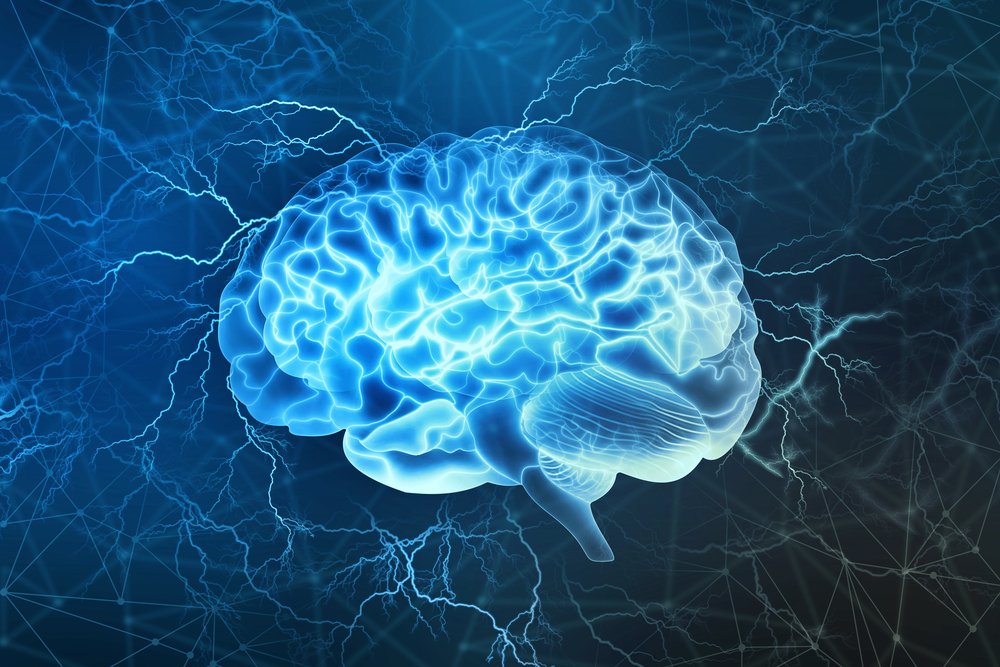

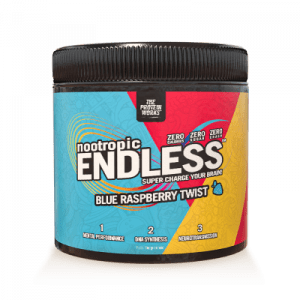
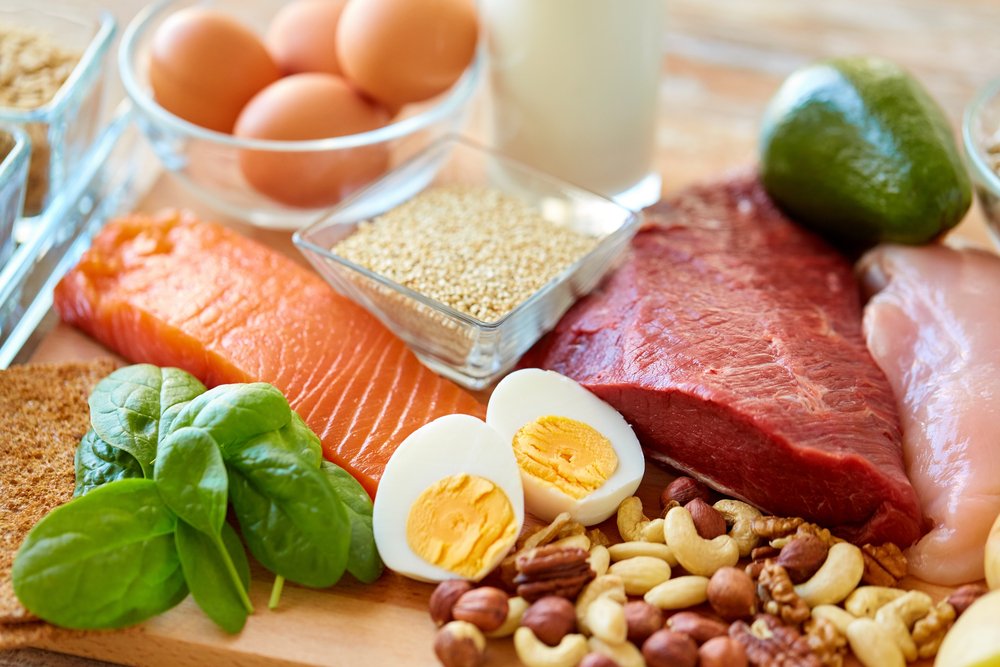
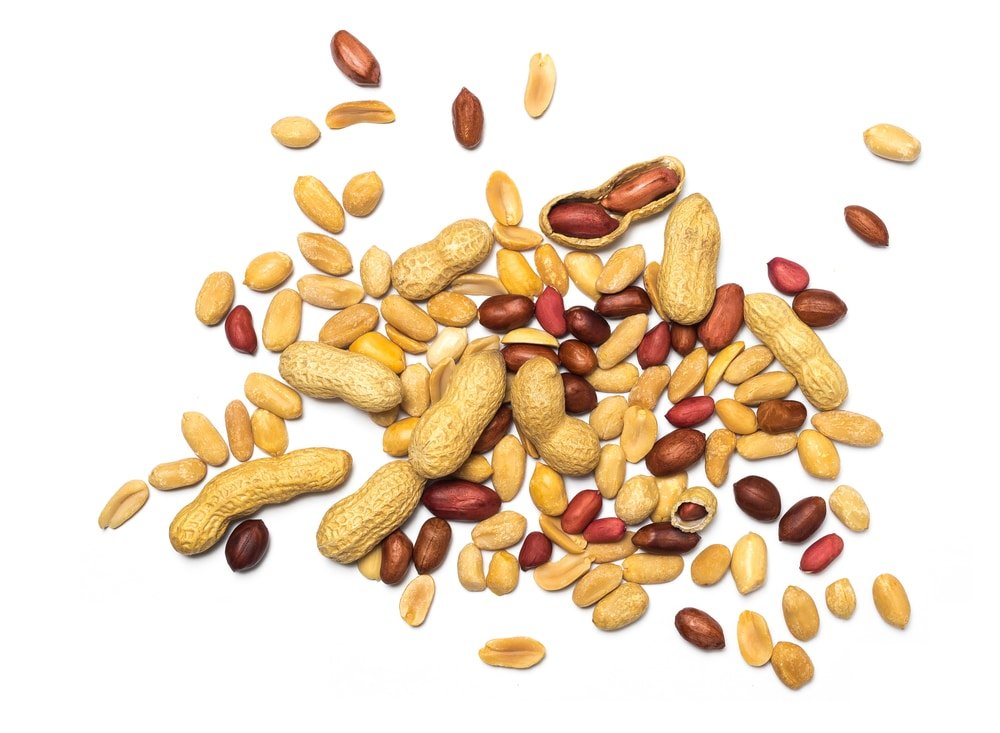
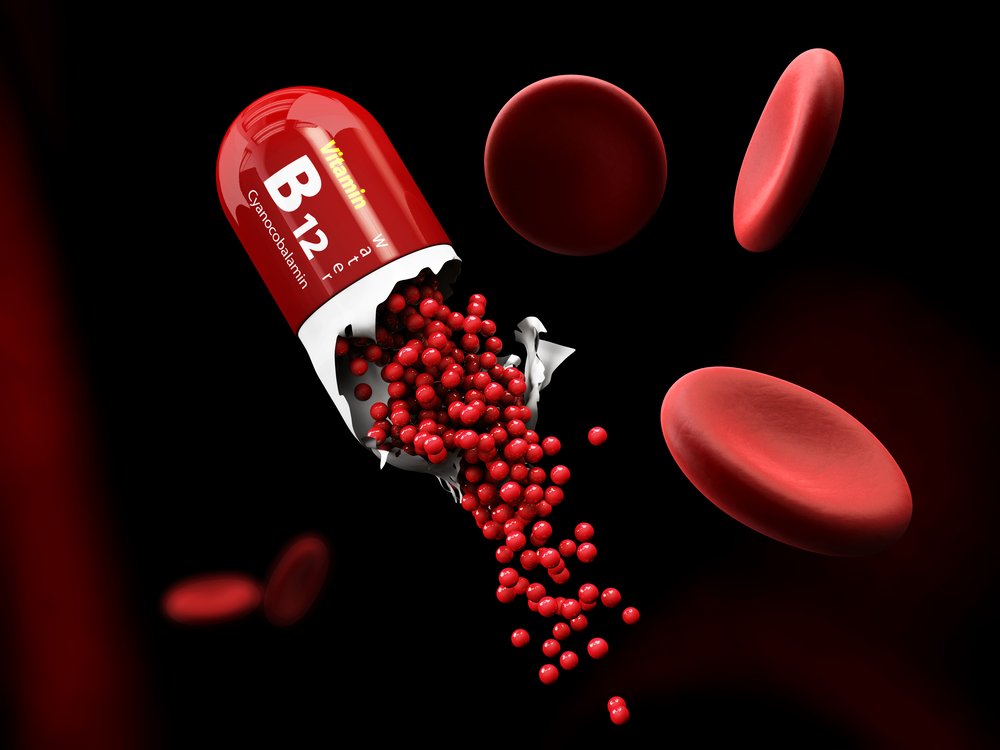
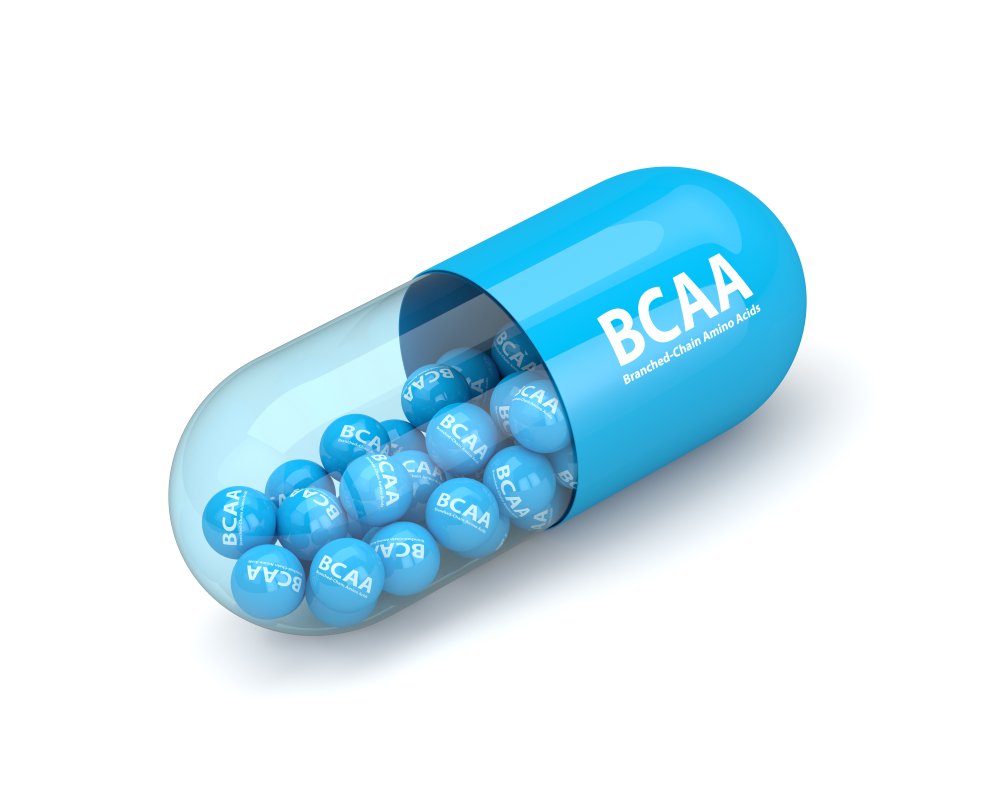
No Comments yet!